We recently connected with Emma Von Enck and have shared our conversation below.
Emma, appreciate you joining us today. Learning the craft is often a unique journey from every creative – we’d love to hear about your journey and if knowing what you know now, you would have done anything differently to speed up the learning process.
Training for a classical art form like ballet is a multifaceted experience. Similar to other professional athletes, dancers require a level of physical aptitude (such as facility, coordination, and musicality etc.) alongside the mental fortitude to push through and even thrive under pressure. A truly great dancer is both an artist and a technician, and it is essential to nurture each without allowing one to quell the other. One of the constant challenges I face is balancing the physical and mental demands of the discipline. There was a time when the technician in me robbed the joy and artistry from my dancing, because I could only focus on my lack of execution. A valuable lesson I have learned is that it is not enough to be technically proficient if you lose your emotional connection to the audience. Additionally, to maintain excellence one must supplement that growth even when not being externally pushed.
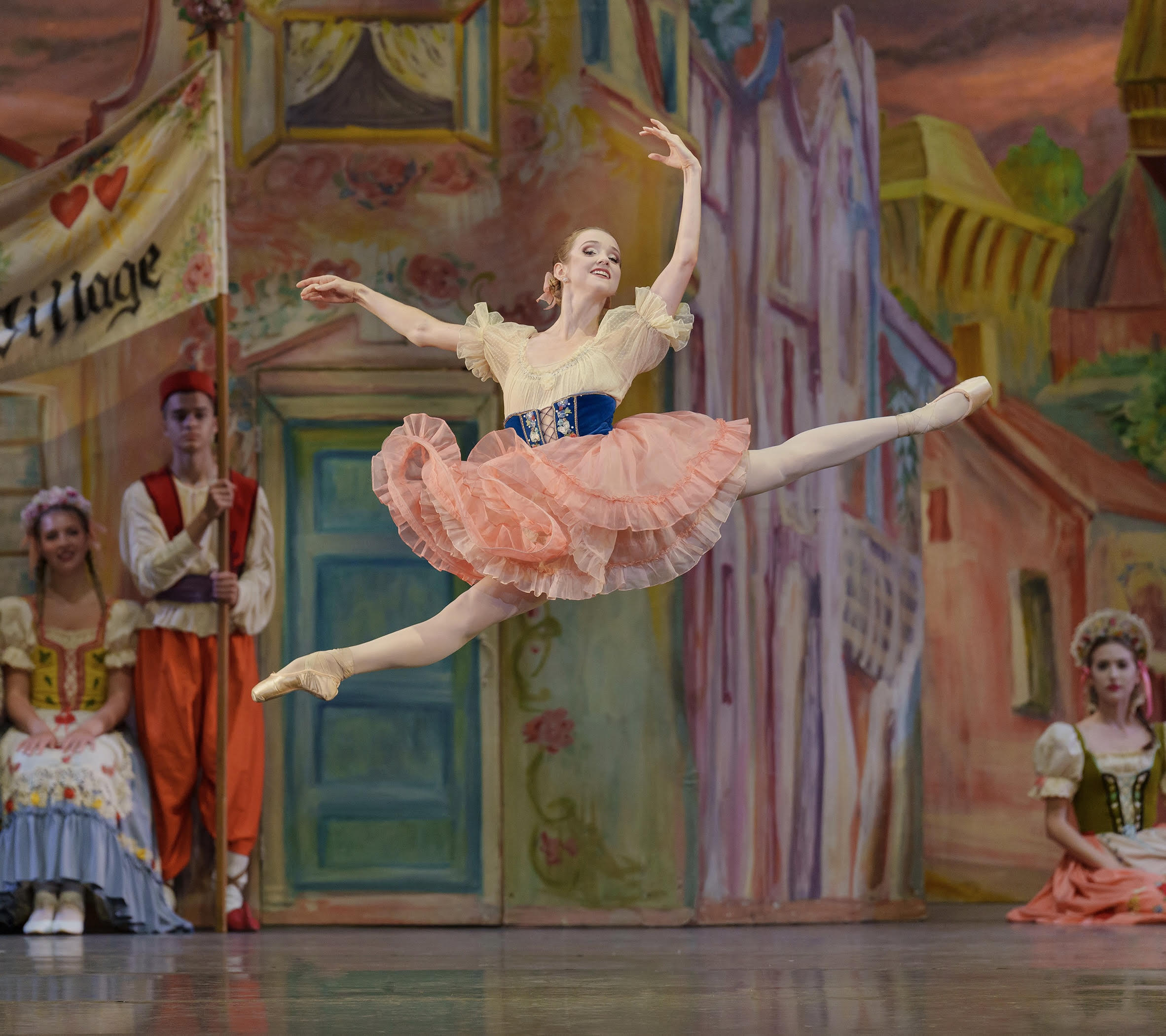

As always, we appreciate you sharing your insights and we’ve got a few more questions for you, but before we get to all of that can you take a minute to introduce yourself and give our readers some of your back background and context?
I grew up in Cleveland, Ohio the youngest of three girls. My parents told us we could each choose one extracurricular activity, but we had to fully commit ourselves. After my oldest sister saw a ballet at age three, she begged to take classes. Soon my middle sister followed, and I inevitably asked to join them. What began as a mere activity soon became a cornerstone of our family life. My parents, who had no prior dance experience, read articles, sought advice from teachers, and spent countless hours driving to classes and buying pointe shoes, all while praying that this was the right choice. With my sisters paving the way, I eventually moved to New York to train at the School of American Ballet, which ultimately led me to the New York City Ballet. My oldest sister is now a principal at Texas Ballet Theater, while my middle sister dances with me at New York City Ballet. Though we grew up in the same household, each of us has found our own path in the dance world. For me, ballet connects me deeply to my family while allowing me to discover and express my own artistic voice. As a dancer, my goal is to pursue excellence and share my unique ability. Yet, my greatest desire is to hold it with loose hands. God has given me the gift of my dancing abilities, but like any athlete I know it is fleeting. I never want to lose sight that this time doing this profession I love so much will not be forever and I want to be present in every moment.
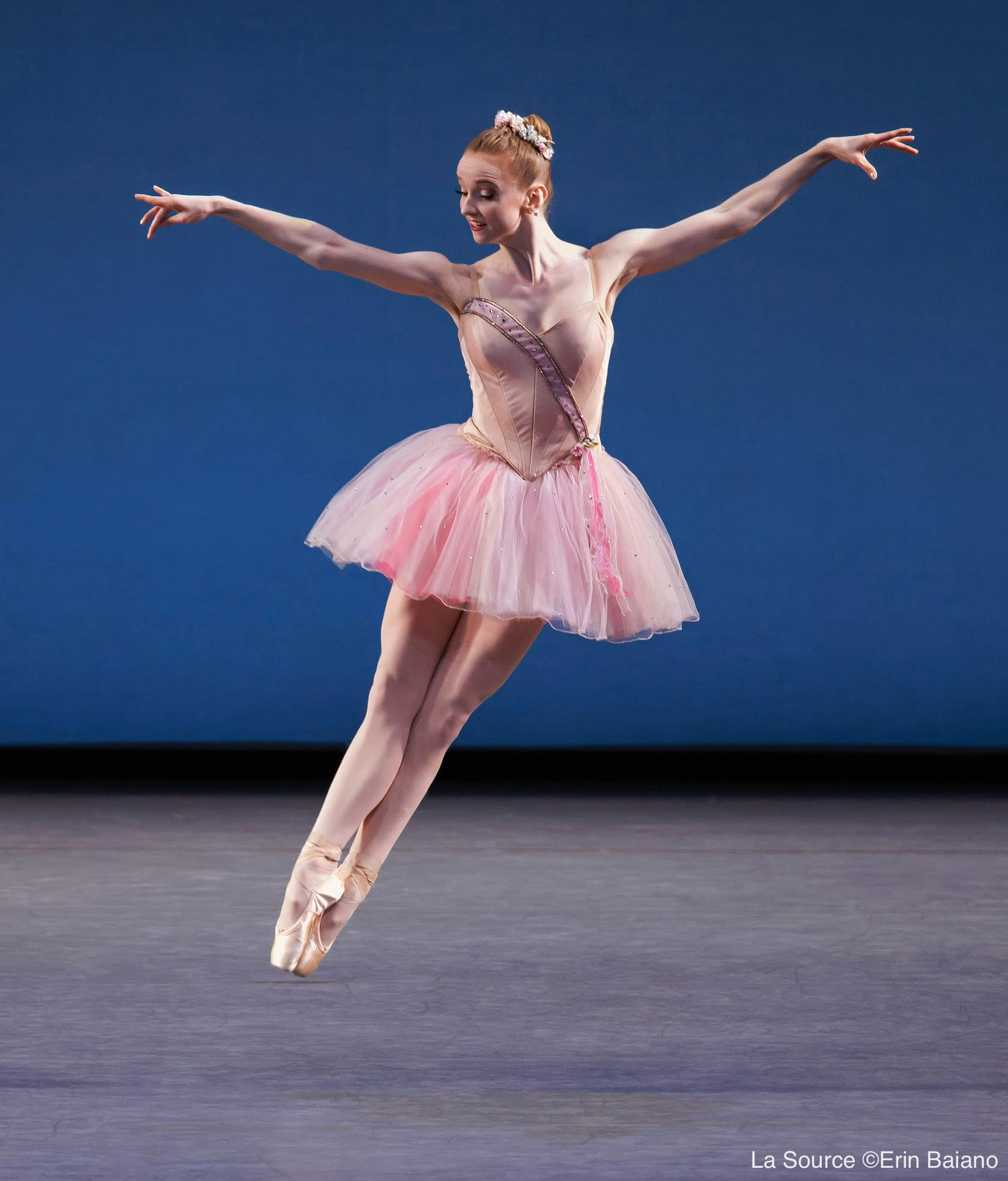
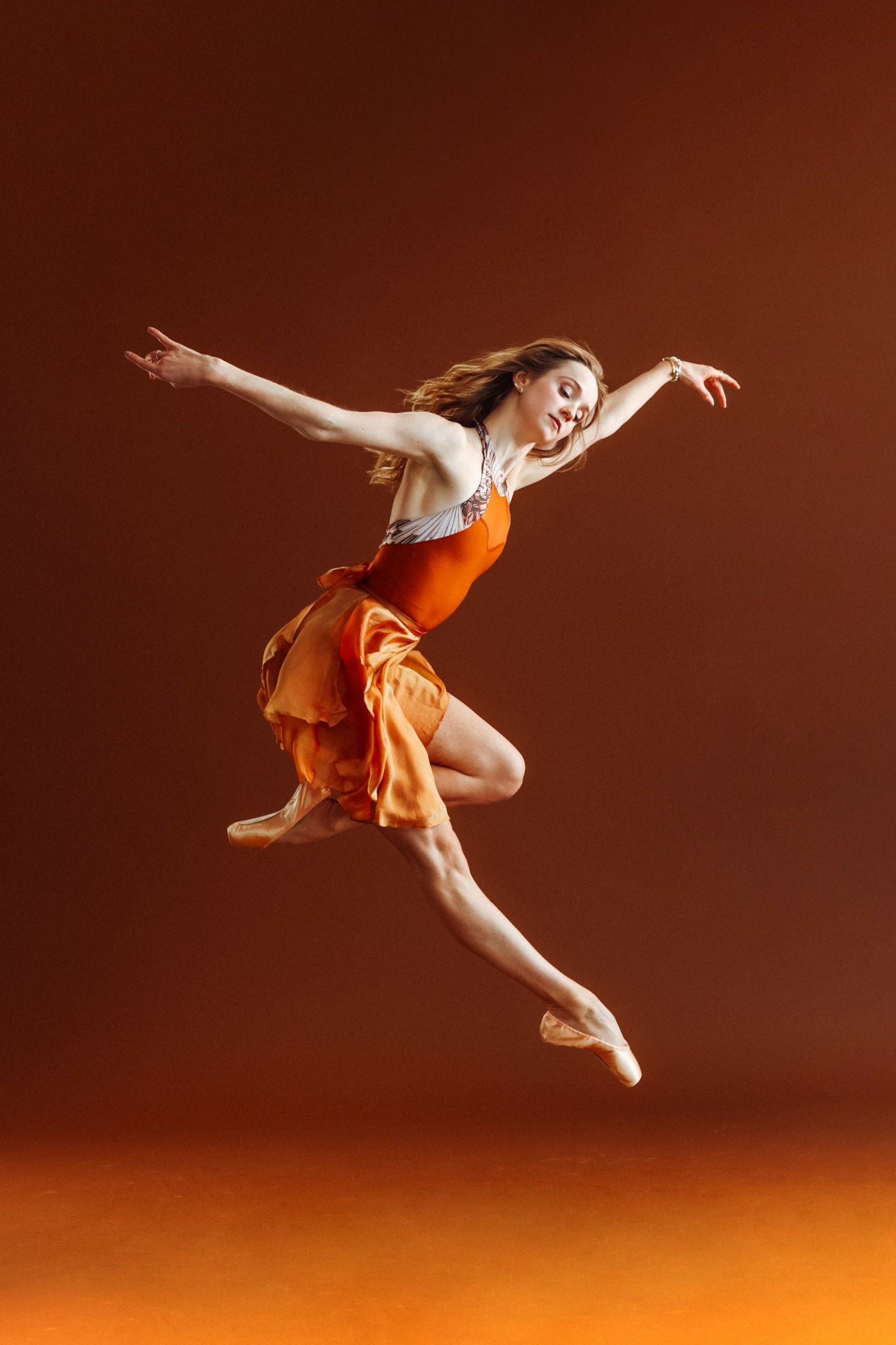
In your view, what can society to do to best support artists, creatives and a thriving creative ecosystem?
Society often views artists, especially dancers, as one-trick ponies. There’s an assumption that because we dedicate our lives to a single pursuit, we can only excel within that narrow niche. Yet so much more goes into being an artist at the top of one’s field. The world is constantly changing, and the arts are no exception. We must be quick, versatile, and deeply self-aware. Some may argue that ballet is not relevant in this day and age. With the rise of technology and the dwindling attention span, keeping audiences engaged has become a greater challenge. It is up to us not only to educate audiences but also to find innovative ways to keep ballet engaging. Our standards for technical excellence should never waver, but they must be paired with a collective commitment, both as individuals and institutions, to make dance accessible, meaningful, and enriching.
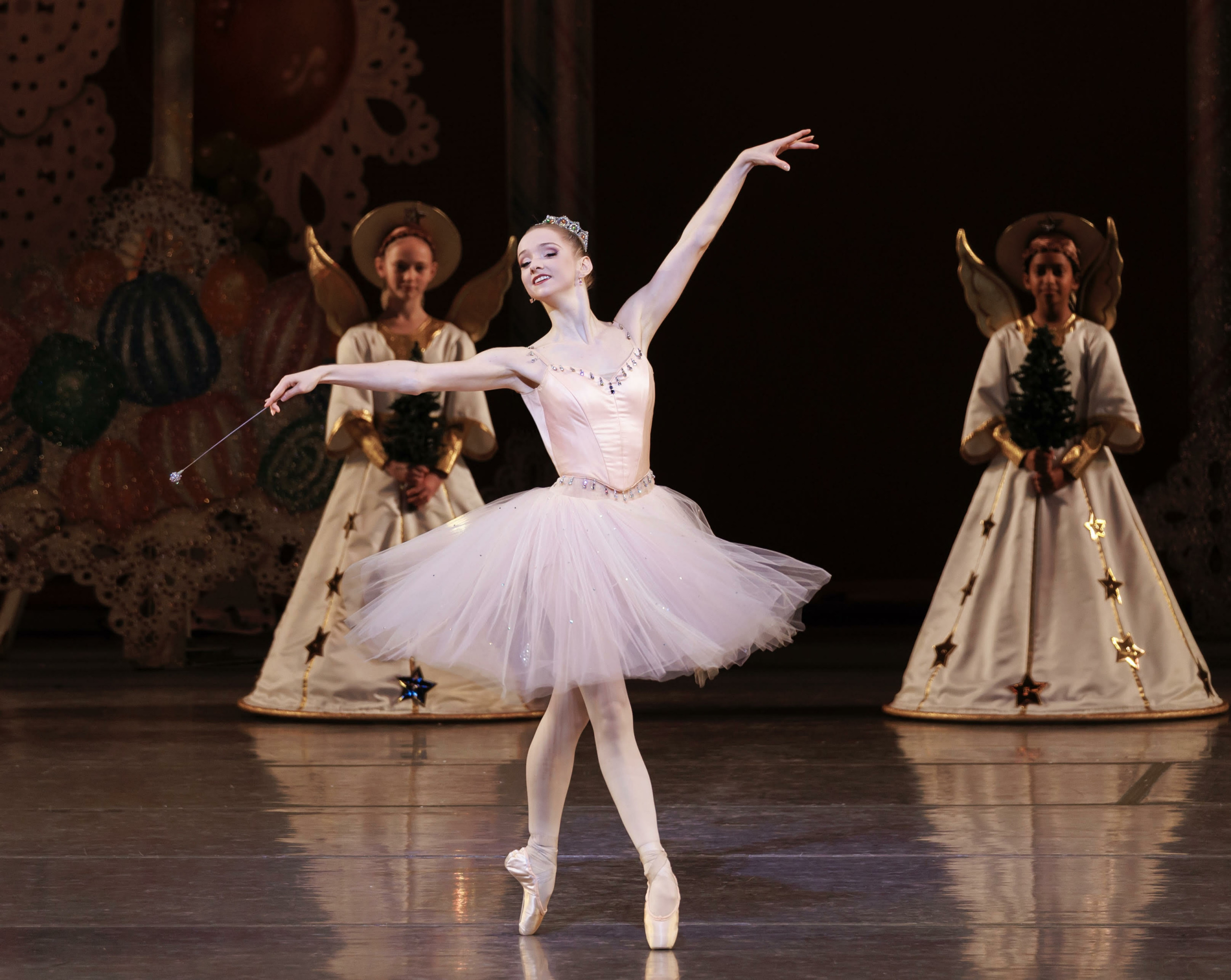
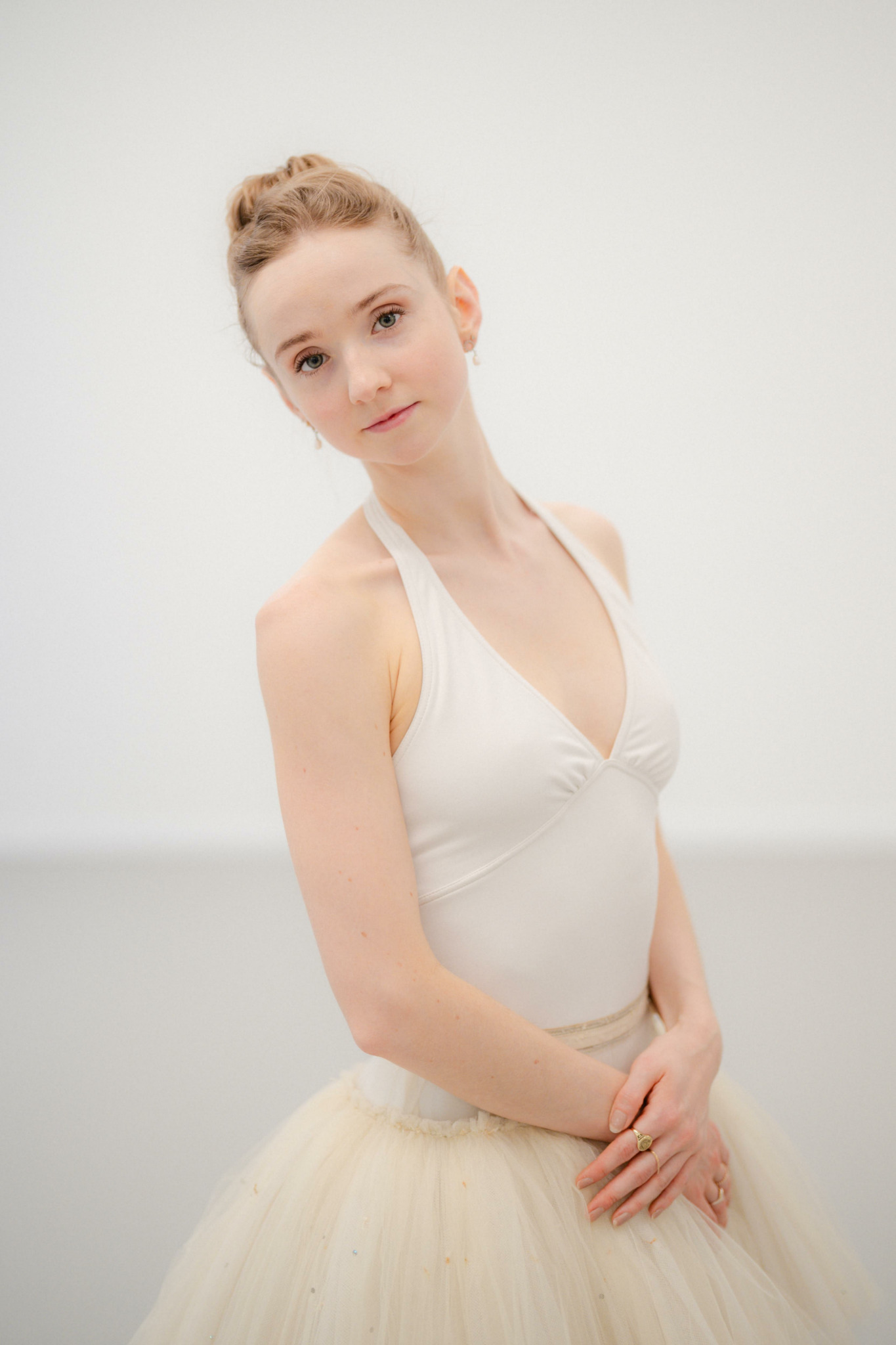
What’s a lesson you had to unlearn and what’s the backstory?
A lesson I am still learning is trying not to take things too personally. As with any field, ballet has its share of politics and decisions made behind closed doors. Often all you can control, or at least try to, is how you carry yourself in the studio, on stage, and beyond. Not everyone is going to appreciate your dancing, and at times, you may face harsh reviews. Since ballet is a subjective art form, others are entitled to their own opinions. These opinions do not have to dictate your relationship to dance. There will often be dancers who are younger, stronger, or seemingly “better” (though this term is hard to define as each artist brings something unique). This can actually be a gift since you want to be surrounded by excellence to keep you at the top of your game. With perspective, competition can be turned into inspiration if you allow it.
Contact Info:
- Website: https://www.emmavonenck.com/
- Instagram: emmavonenck
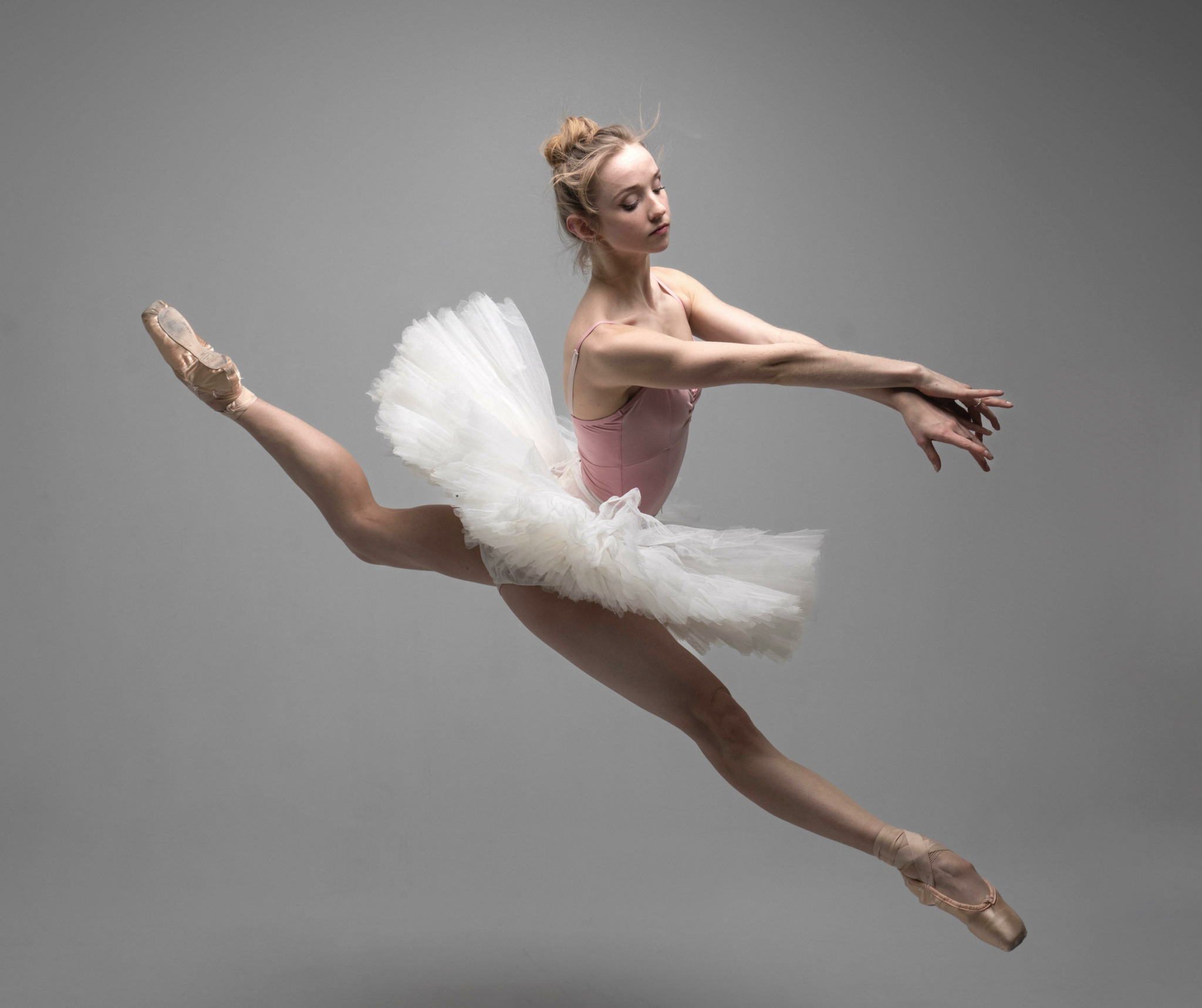
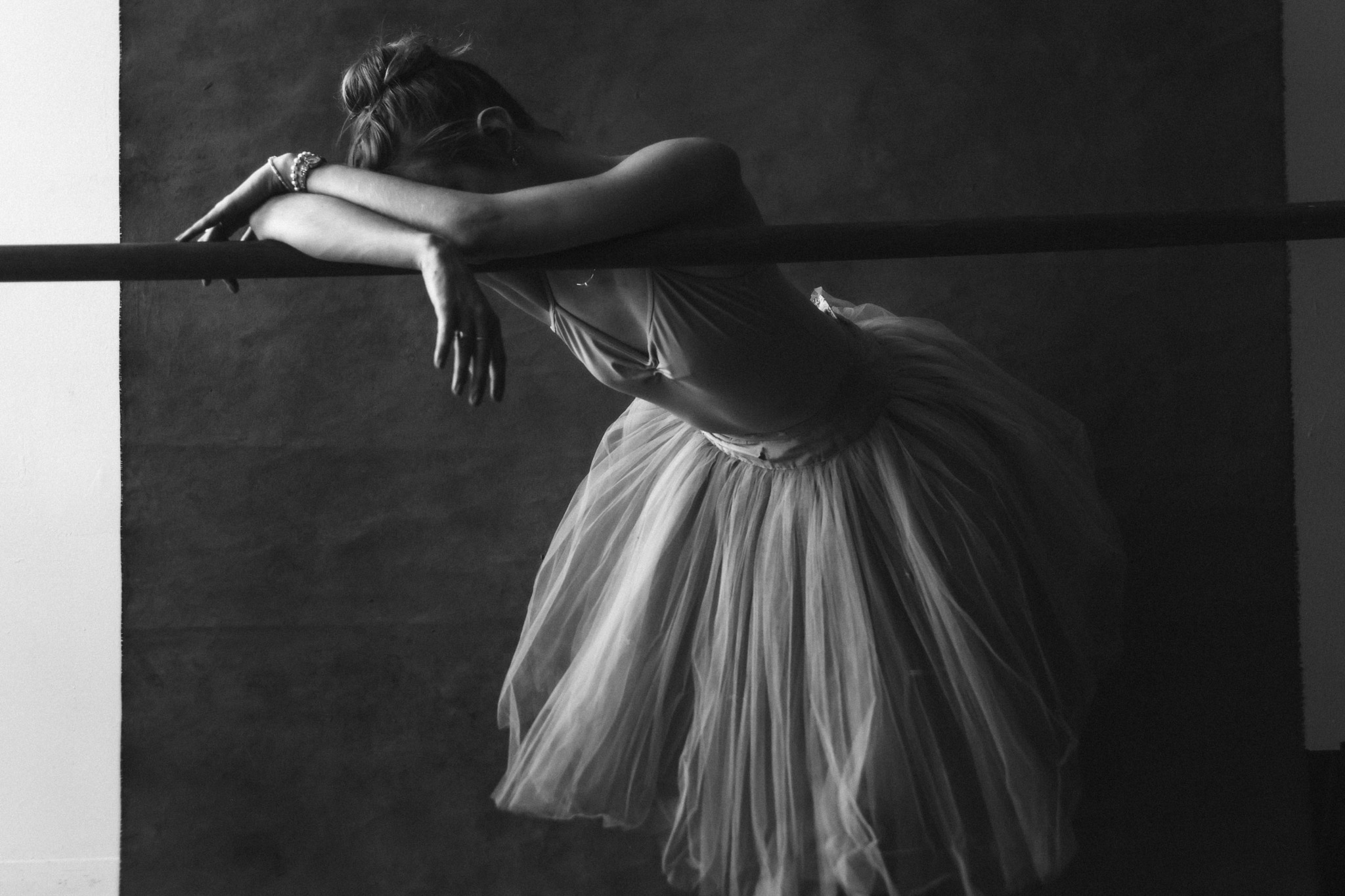
Image Credits
Erin Baiano, Megan McNally, Jon Taylor


